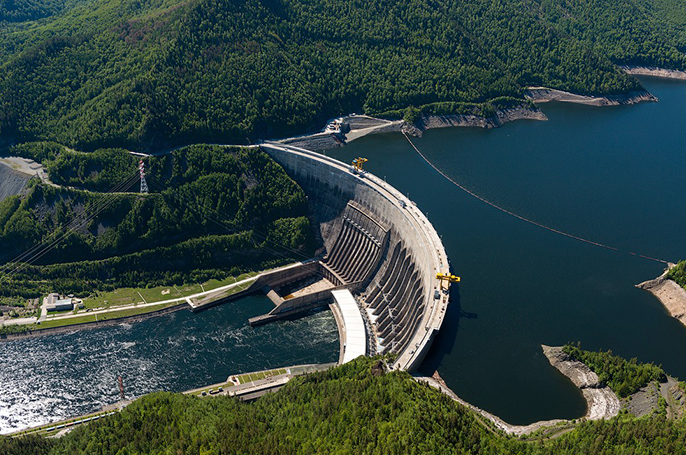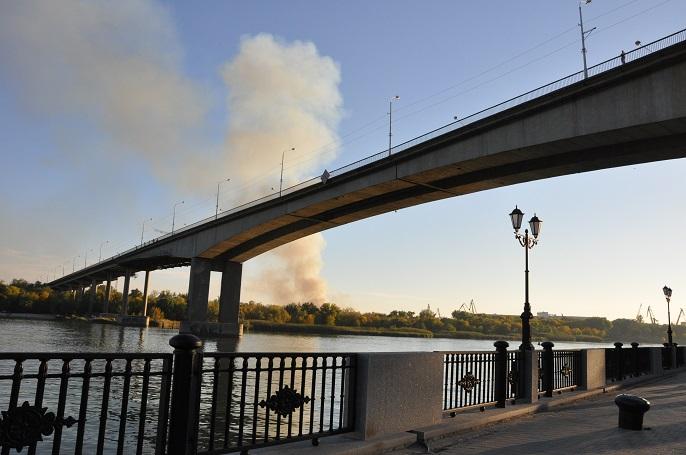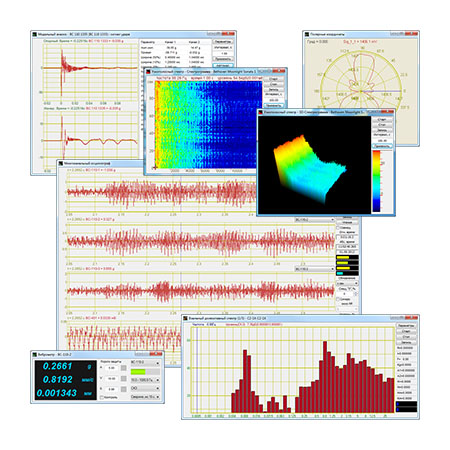What is the role of modal analysis in modern control and monitoring systems?
The popularity of modal analysis in terms of various monitoring and control systems is attributed to the fact, that the vibration control implies the need of structural dynamic behavior analysis. Structural dynamics and modal parameters control allows to identify such factors as natural frequencies, damping ratios, mode shapes. All these factors are of crucial importance for vibrational parameters monitoring of the control structure. It is necessary to control these vibrational parameters, since the vibrational impact affecting structures with complex dynamic behavior may eventually result into deterioration of the controlled object parameters or even destroy it.
Major types of modal analysis and their specific features
Even though the importance of modal analysis implementation is quite obvious for already several decades, it seems reasonable to differentiate between types of modal analysis which have certain distinctive features and application specifics.
In spite of the fact, that modern control and monitoring systems use a variety of modern analysis algorithms depending on the system scale, specifics of the controlled structure and intended functional range, it is still possible to outline two major types of modal analysis: experimental modal analysis and operational modal analysis.
In this article we shall consider the distinctive features of the Operational modal analysis.
This type of analysis is also sometimes referred to as output-only analysis or in-operation modal analysis. Thus, the main feature of this analysis is the possibility of using it in the real operational environment while obtaining the same modal parameters data as in the case of Classical modal analysis. Even from these assumptions, it is quite obvious that the Operational modal analysis (OMA) definitely has a number of advantages if compared to the classical methods of modal analysis in laboratory environment, where a lot of requirements to the instrumentation and measurement procedures have to be addressed.
Thus, there is no need to use a shaker (vibration exciter) or an impact hammer. This means, that there are no limitations in terms of test impact scale and duration.
Operational modal analysis also allows to use a variety of test rigs, which are not subject to any particular restrictions imposed by application of this research and analysis method.
There is also no need to control the input impact scale. Since OMA can be used for in-situ measurements, the test impact is actually represented whether by operational environment or by environmental impact.
As for the practical implementation of OMA, there are several scenarios of Operational modal analysis performance in terms of mounting and positioning of the measurement transducers used for modal parameters data acquisition.
Thus, in the case of Structural health monitoring systems (SHM systems) used for the control of civil facilities (e.g., wind turbines, bridges, foundations, high rise buildings, etc.) the measurement transducer are mounted on the controlled facility on a constant basis (i.e., the control system implementation implies the need for continuous data acquisition process and control of the measurement parameters based on the threshold levels assigned for each particular controlled object).
The second scenario implies relocation of the transducers along the controlled object in the course of measurements performance.
Another option of measurement transducers mounting is the use of high-accuracy reference transducers at the particular areas of the controlled object, while the other measurement transducers used for data acquisition are attached to the specimen in relation to the reference transducers.
Depending on the particular task to be addressed with the use of Operational modal analysis, it is possible to develop a different configuration of the measurement transducers mounting (depending on the number of measurement points, structural dynamics of the specimen, its dimensions, etc.).
Before we continue further discussion of OMA practical application, it is necessary to point out that Operational modal analysis should not be considered to be a substitution of the Experimental modal analysis. Besides, it is also wrong to think that the Experimental modal analysis is an outdated method for modern measurement systems and application scenarios. Actually, these two types of analysis are often used together with a lot of other methods intended for dynamic behavior control.



